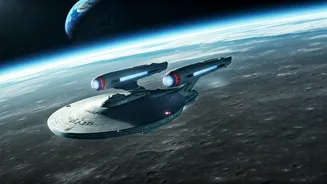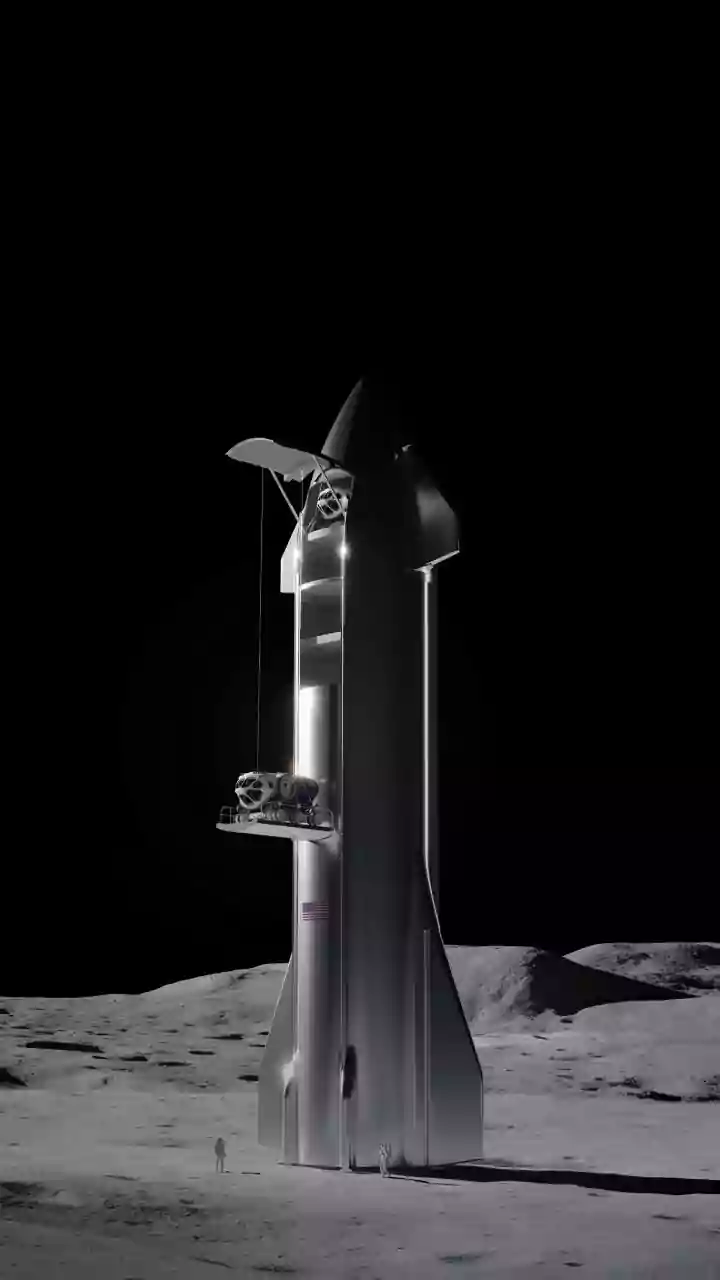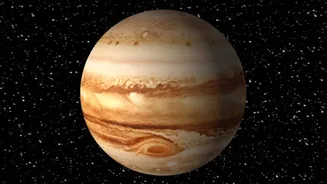Reusable Rocket Initiatives
Europe is actively pursuing the creation of reusable rockets, aiming to deploy these by the early 2030s. This endeavor is driven by the desire for sovereign
reusable launch capabilities. ArianeGroup is leading the charge, planning a series of demonstrations to refine the necessary technologies. The emphasis isn't just on the scientific and physical aspects of rocket design but rather on mastering the technological know-how within Europe. Meanwhile, China has already tested its first reusable rocket, firing its engines prior to its debut flight. The focus on reusability aligns with the broader goal of reducing space launch costs and increasing the frequency of missions.
New Spacecraft Innovations
Several innovative spacecraft designs are emerging. NASA is focused on developing new spacecraft to reach challenging orbits, both around Earth and in deep space, to expand its reach. Virgin Galactic is working on its new Delta-class spaceplane, aiming for flights as early as the fall of 2026. Private companies are also entering the arena, with Impulse Space introducing a new private moon lander. Arc, another private spacecraft, aims to deliver cargo from orbit to any location on Earth within an hour, showcasing the ambition and scope of these projects.
Mars and Lunar Missions
The ambitious future of space exploration includes missions to Mars and the Moon. Discussions among world space leaders are focused on visions for astronauts on the Moon and Mars. Rocket Lab CEO Peter Beck has openly expressed interest in missions to both Mars and Venus. The Artemis Program is ongoing, and there is considerable anticipation surrounding these lunar missions. These initiatives suggest a shift towards establishing a lasting human presence beyond Earth.
Other Exciting Projects
Beyond core missions, several other space-related projects are generating excitement. The X-59 'quiet' supersonic jet from NASA completed its first flight, marking a milestone in aviation technology. Themis is preparing to demonstrate vertical landing capabilities in a low-altitude test, showing the importance of soft landings and controlled fuel use. The James Webb Space Telescope continues to provide stunning visuals, such as the Red Spider Nebula. Additionally, the launch of powerful NVIDIA chips into orbit next month is expected to pave the way for space-based data centers, demonstrating the interconnectedness of space technology and other sectors.
Space Observational Missions
Space-based observatories continue to play a crucial role. Satellites are tracking phenomena such as Category 5 Hurricane Melissa ahead of its landfall. The loss of Japan's Akatsuki orbiter which orbited Venus marks the end of an era. The continuous monitoring of weather patterns and celestial bodies using satellites underscores their importance.
Space Exploration Outlook
The collective effort of space agencies and private companies suggests a future marked by frequent launches, technological breakthroughs, and an expanding human presence beyond Earth. The progress includes the development of reusable rockets, innovative spacecraft designs, and ambitious missions to Mars and the Moon, highlighting the dynamism of the space sector. This surge of activity points to a new era of space exploration characterized by innovation, international collaboration, and a relentless quest to reach the stars.










